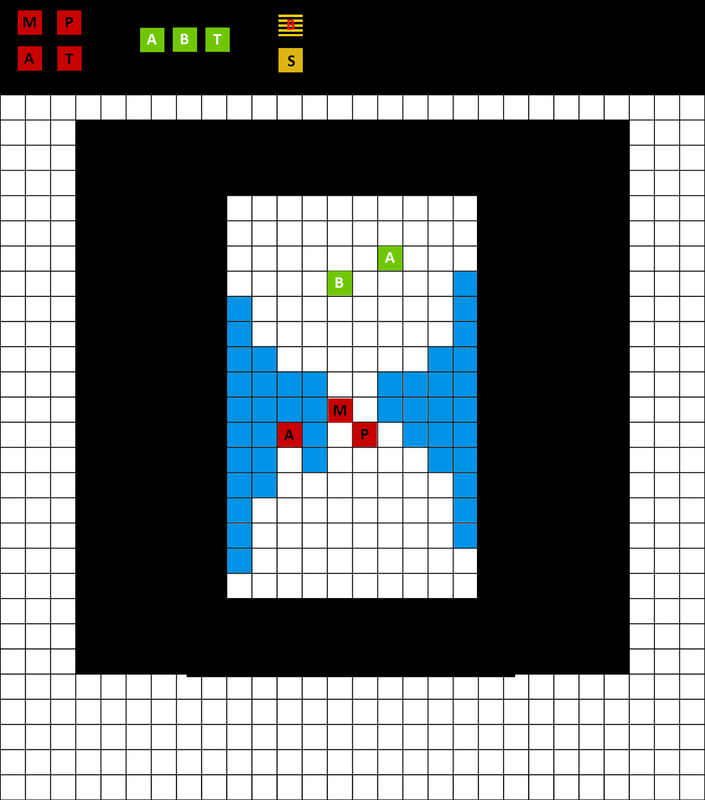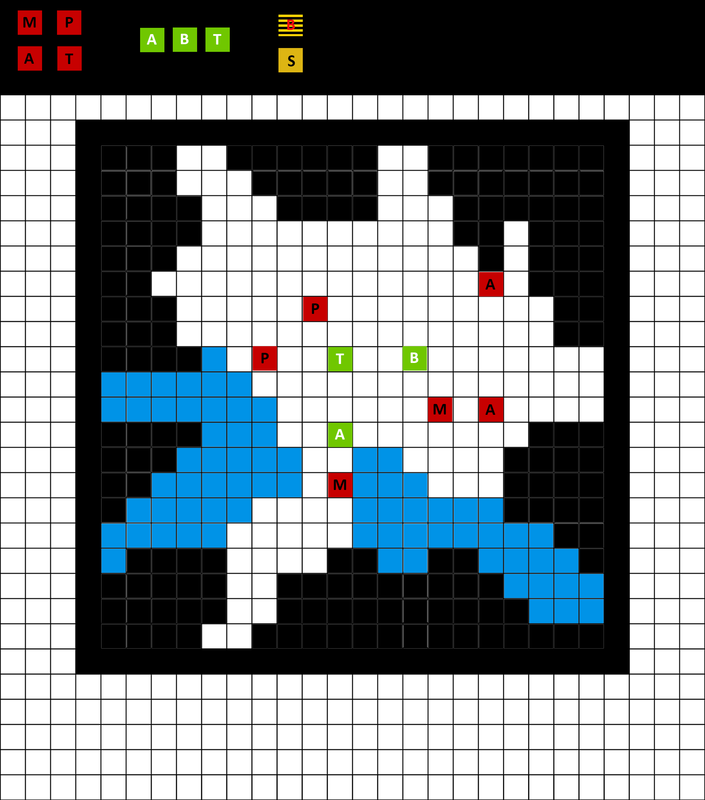Viking's Quest
|
About:
This is the 8-week "Turn-Based Strategy Game" project that I was participating in. In this project I designed level layouts including enemy and spawn placements. Story: In the North where unrest and war had ravaged. A Hope emerged, the legendary sword Gram. Soon the power of Gram became the envy of the world and in the shadows of the night it was stolen. With the sword gone the North was again at unrest. However there was a man named Varin, a housecarl of a wise Jarl who knew, that the return of Gram was the only assurance for peace. And so Varin began his voyage to recover the sword. |
Specification:
|
Documentation:
In this game project me and Regin Møller was in charge of the leveldesign. We started out not only making top downs for this game, but we also created a prototype board game. Why we created this was so that we could try out the gameplay and our levels even before we had a working version of the game.
In this game project me and Regin Møller was in charge of the leveldesign. We started out not only making top downs for this game, but we also created a prototype board game. Why we created this was so that we could try out the gameplay and our levels even before we had a working version of the game.
Before building the prototype we discussed in the group about what types of enemies and player characters we would have so that we would have something to iterate on. While building and testing the prototype of the game we created the player's characters and the enemies. We also decided what type of abilities the characters would have as well as the stats for all the characters. Me and my co-level designer was happy to see that even though we didn't have an AI to play against it was still fun to play against eachother. This boosted the moral a lot while developing the game.
The first iteration of the level editor we got didn't work quite well because it didn't allow us to see how the map actually would look inside the game. This would cause a lot of problems if we would to try detailing our levels. So what we did was that us level designers summarised feedback regarding the level editor so that they could make it more effective.
As fast as we got the second iteration of the level we jumped right into it and start translating our topdowns into the game. Due to the fact that the level editor was easy and fun to use, we quickly could build and detail our levels at ease. This also enabled us to create as many levels as we originally planned for.
What I loved about creating this game was how streamlined development felt. We didn't bump into a lot of problems while creating this game project and finally, people liked our game.


















